Delos Archaeological Site & Museum
Despite its diminutive size, Delos is one of the most important archaeological sites in Greece, and certainly the most important in the Cyclades. Delos was a place of such importance that the surrounding islands were known as the Cyclades, since it was thought that they lay in a circle round the island on which the Apollo-Sun, god of day light and Artemis-Moon, goddess of night light were born. The special importance of Delos is emphasized by the fact that, geographically, it lies on the straight line on which also Dodona, Delphi and the Acropolis Parthenon are!
Please bookmark this page and do come back from time to time, to see it growing. Thank you!
Select Page of the Album:
Click on any of the pictures to enlarge.
The Agora of the CompetaliastsFrom the mole and past the entrance control there is a short road leading to an open space surrounded by shops, in some cases ruined, some of them with their walls preserved to maybe their full height. It is the so-called Agora (market and meeting place) of the Competaliasts, a union of freedmen and slaves worshipping as patron deities the 'Lares Compitales' (=gods of the crossroads); the same site, however, was previously (2nd century BC) used also by the Hermaists and the Apolloniasts. As our photos show, there are marble altars, votive offerings and pedestals all over the place. Around the two central buildings (one round and one rectangular) bases of monuments erected by bankers, ships' pilots and merchants are to be seen. The whole complex is dated to the last quarter of the 2nd century B.C.
The shops around the square were used to store goods, but the actual market activities took place in the open, exactly in the same way such market places function in modern Greece! The necessary shade was provided by provisional awnings supported by wooden poles secured in holes still visible in the granite flagstones which pave the square. This was the main grain market, but Strabo mentions that also a thriving slave market was active here!
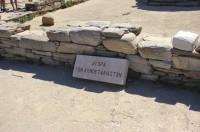
Agora of the Competaliasts
Marble stone with an inscription in Greek. It is translated as above |
|
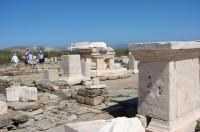
Agora of the Competaliasts
A circular marble votive offering of the Hermaists, merchants of the 2nd century BC |
|
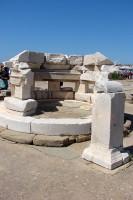
Agora of the Competaliasts |
|
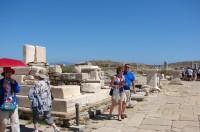
Agora of the Competaliasts
Also a votive offering of the Hermaists, rectangular this time. It is the base of a rectagular building dedicated to god Hermes and his mother, Maia. |
|
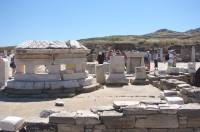
Agora of the Competaliasts |
|
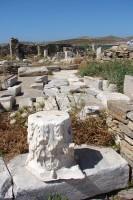
Agora of the Competaliasts |
|
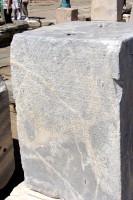
Agora of the Competaliasts |
|
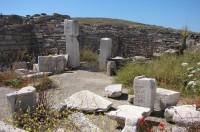
Agora of the Competaliasts |
|
Select Page of the Album:
|
|



